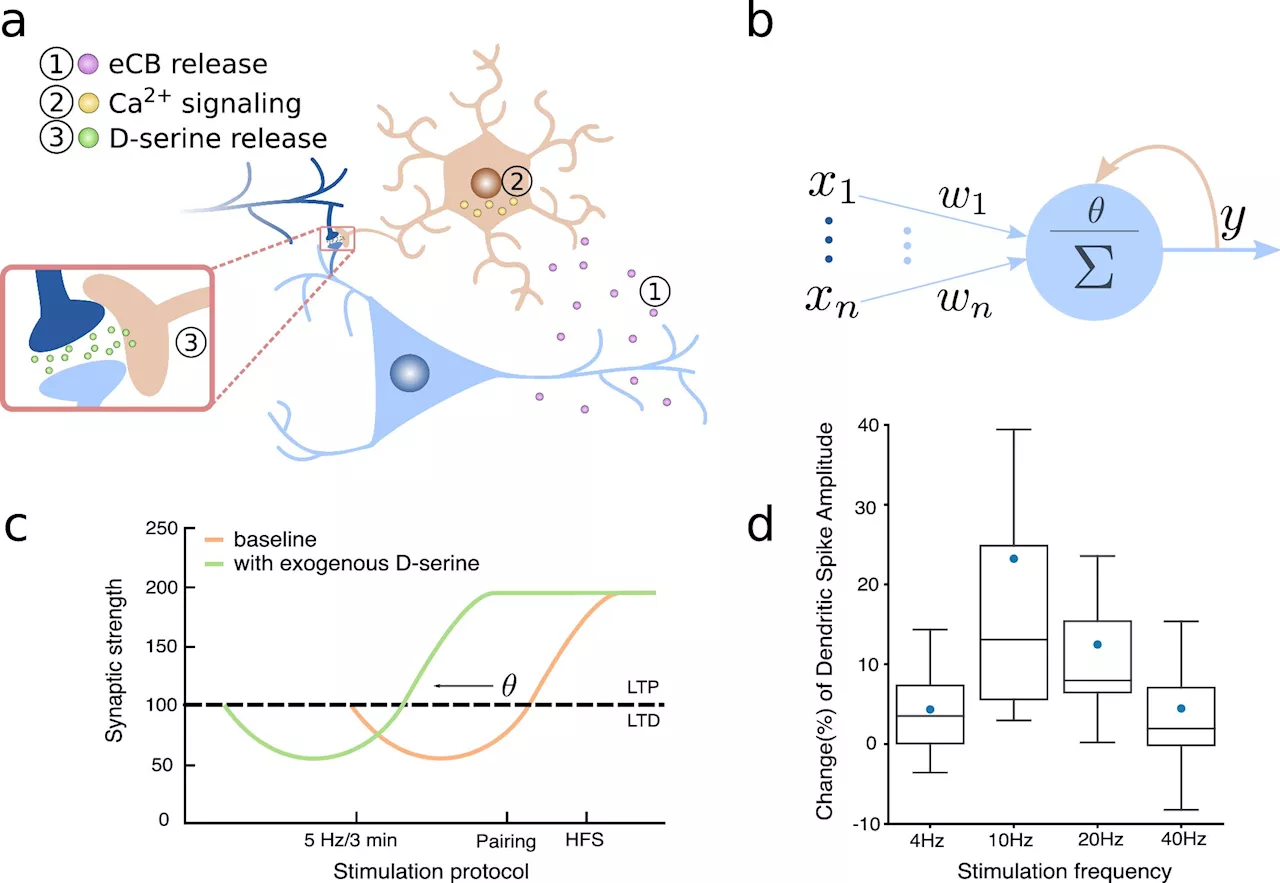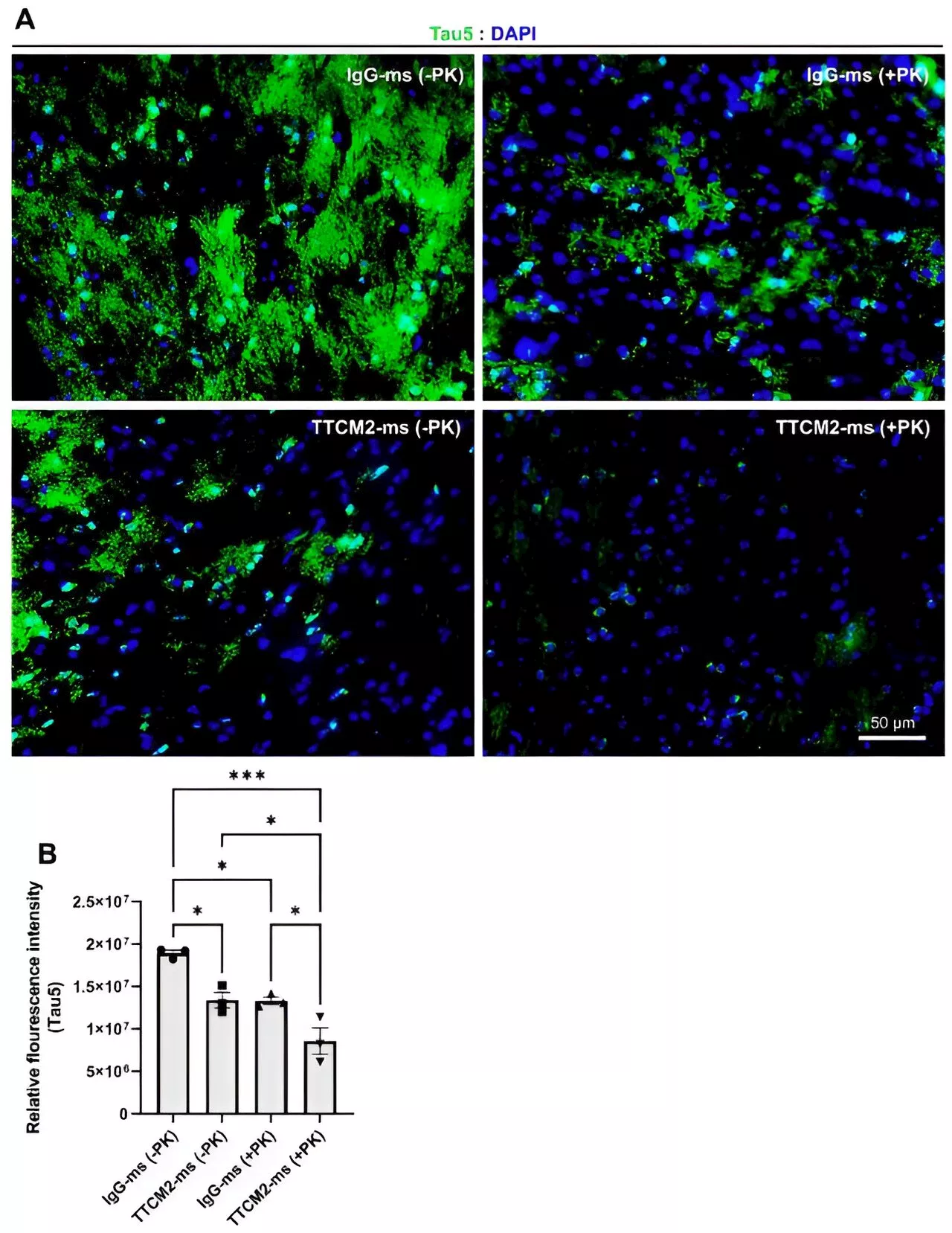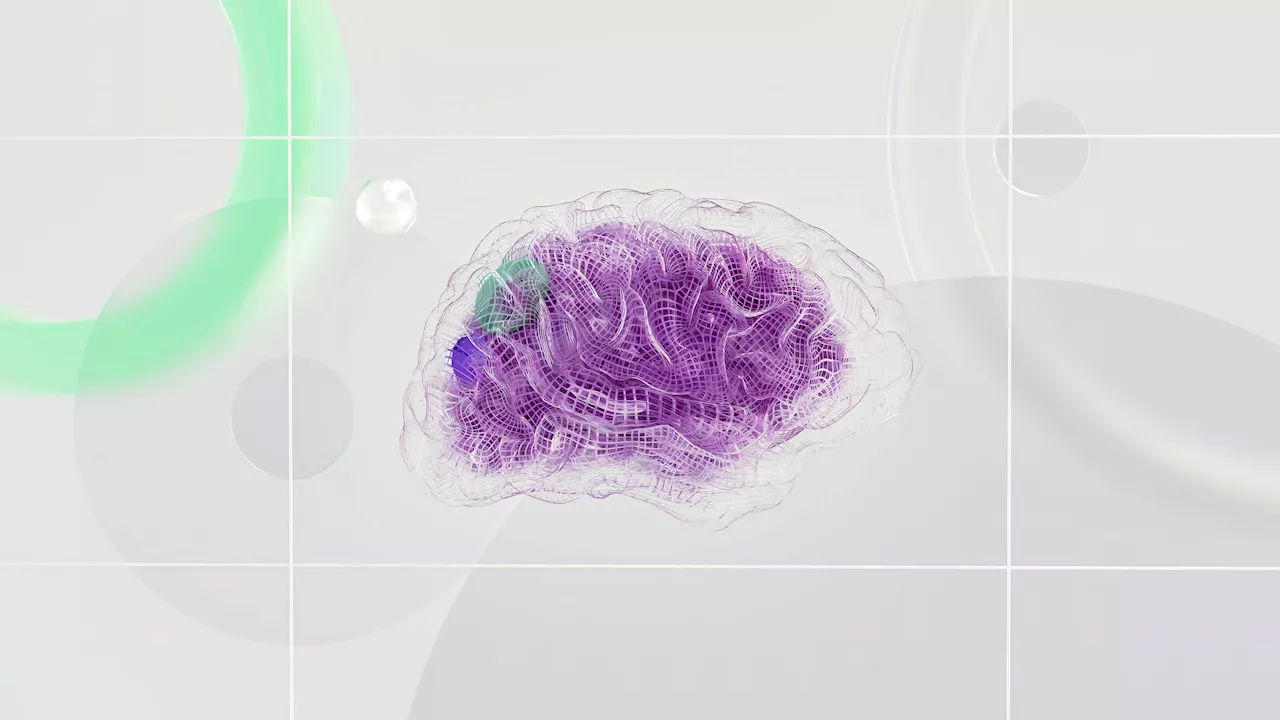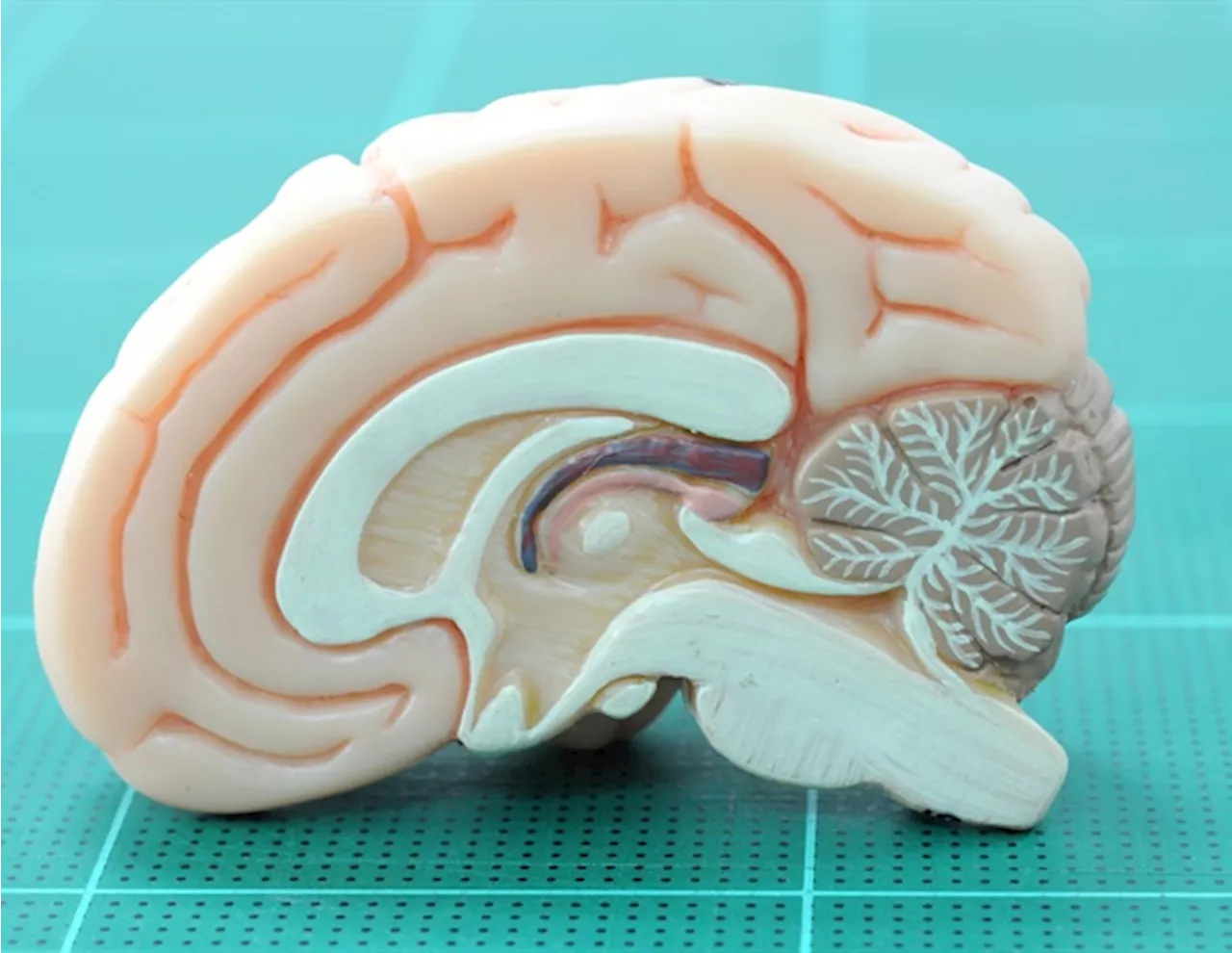The very thought of being 'locked in' following a brain injury or even aware during general anesthesia induces fear because it awakens the classic terror trope of being buried alive.
Neuroscientists use brain activity patterns to reveal thoughts of brain-injured patients retrieved 22 July 2024 from https://medicalxpress.com/news/2024-07-neuroscientists-brain-patterns-reveal-thoughts.html
This document is subject to copyright. Apart from any fair dealing for the purpose of private study or research, no part may be reproduced without the written permission. The content is provided for information purposes only.Use this form if you have come across a typo, inaccuracy or would like to send an edit request for the content on this page. For general inquiries, please use ourThank you for taking time to provide your feedback to the editors.
Your feedback is important to us. However, we do not guarantee individual replies due to the high volume of messages.to let the recipient know who sent the email. Neither your address nor the recipient's address will be used for any other purpose. The information you enter will appear in your e-mail message and is not retained by Medical Xpress in any form.Get weekly and/or daily updates delivered to your inbox.
Medicine Research Health Research News Health Research Health Science Medicine Science
United States Latest News, United States Headlines
Similar News:You can also read news stories similar to this one that we have collected from other news sources.
 Computational neuroscientists show how astrocytes increase flexible learningStar-shaped glial cells, so-called astrocytes, are more than just a supporting cell of the brain. They are actively involved in learning processes and interact with nerve cells. But what exactly is it that astrocytes do?
Computational neuroscientists show how astrocytes increase flexible learningStar-shaped glial cells, so-called astrocytes, are more than just a supporting cell of the brain. They are actively involved in learning processes and interact with nerve cells. But what exactly is it that astrocytes do?
Read more »
 Late bedtimes and not enough sleep can harm developing brains—and poorer kids are more at risk, say neuroscientistsShorter sleep and later bedtimes are linked to potentially harmful functional changes to parts of the brain important for coping with stress and controlling negative emotions, our recently published research found. And children in families with low economic resources are particularly at risk.
Late bedtimes and not enough sleep can harm developing brains—and poorer kids are more at risk, say neuroscientistsShorter sleep and later bedtimes are linked to potentially harmful functional changes to parts of the brain important for coping with stress and controlling negative emotions, our recently published research found. And children in families with low economic resources are particularly at risk.
Read more »
 Hippocampus uses dual pathways for memory storageThe mechanism by which our brains record events in stereo—with one channel recording details and another recording general impressions—has been elicited by two RIKEN neuroscientists.
Hippocampus uses dual pathways for memory storageThe mechanism by which our brains record events in stereo—with one channel recording details and another recording general impressions—has been elicited by two RIKEN neuroscientists.
Read more »
 Nasal spray found to clear tau proteins from Alzheimer's mouse model brainsA multi-institutional team of neuroscientists has developed a nasal therapy that cleared the brains of Alzheimer's mouse models of toxic tau proteins.
Nasal spray found to clear tau proteins from Alzheimer's mouse model brainsA multi-institutional team of neuroscientists has developed a nasal therapy that cleared the brains of Alzheimer's mouse models of toxic tau proteins.
Read more »
 Study reveals how an anesthesia drug induces unconsciousnessThere are many drugs that anesthesiologists can use to induce unconsciousness in patients. Exactly how these drugs cause the brain to lose consciousness has been a longstanding question, but MIT neuroscientists have now answered that question for one commonly used anesthesia drug.
Study reveals how an anesthesia drug induces unconsciousnessThere are many drugs that anesthesiologists can use to induce unconsciousness in patients. Exactly how these drugs cause the brain to lose consciousness has been a longstanding question, but MIT neuroscientists have now answered that question for one commonly used anesthesia drug.
Read more »
 Mechanism behind propofol-induced unconsciousness revealedThere are many drugs that anesthesiologists can use to induce unconsciousness in patients. Exactly how these drugs cause the brain to lose consciousness has been a longstanding question, but MIT neuroscientists have now answered that question for one commonly used anesthesia drug.
Mechanism behind propofol-induced unconsciousness revealedThere are many drugs that anesthesiologists can use to induce unconsciousness in patients. Exactly how these drugs cause the brain to lose consciousness has been a longstanding question, but MIT neuroscientists have now answered that question for one commonly used anesthesia drug.
Read more »
